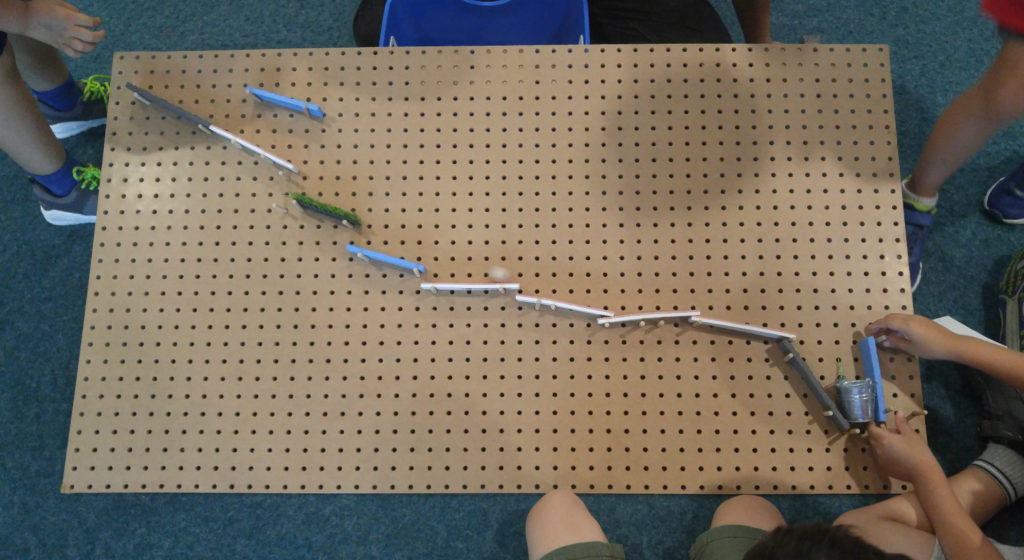Objectives
Materials
-
Per Group or Student Pair:
2 balls of different masses (e.g. tennis, soccer, basket, volley, rubber, or whiffle!)
Key Questions
-
What starts or stops the movement of the balls?
-
What is a force?
-
When comparing two balls, how much force do you need to apply to each ball to get it rolling?
-
When comparing two balls, which one is easier to stop?
-
How much force do you apply to each?
-
What does that tell us about the effect of more or less force on the movement of the balls?
-
What kind of force is being applied to you all the time?
-
Which ball do you think will hit the ground first when you drop them from the same height?
-
What is friction?
-
Rub your hands together — what happens? What kind of energy is produced when two objects rub against each other?
What To Do
Demonstrate, or get students to demonstrate, the following with the balls, and compare and contrast the effects of your actions on the two different masses.
Ask questions to start a discussion on forces and Laws of Motion.
Encourage students to ask questions, make predictions, and discover the conclusions themselves.
- Push or pull the balls to make them roll to the right or left.
- Push the balls with a little or a lot of force.
- Drop the balls from the same height.
- Drop the balls from different heights.
- Roll the balls down a ramp, or send them up a ramp.
- Cover the ramp with a cloth and see how that affects the movement of the balls.
Extensions
-
Take this activity further as your students ask more and more questions. The sky (and your access to equipment) is the limit for extensions to this exploration.
-
What other objects can you test, and does changing the shape of the object make a difference?
Other Resources
How Stuff Works| Newton’s Laws of Motion

